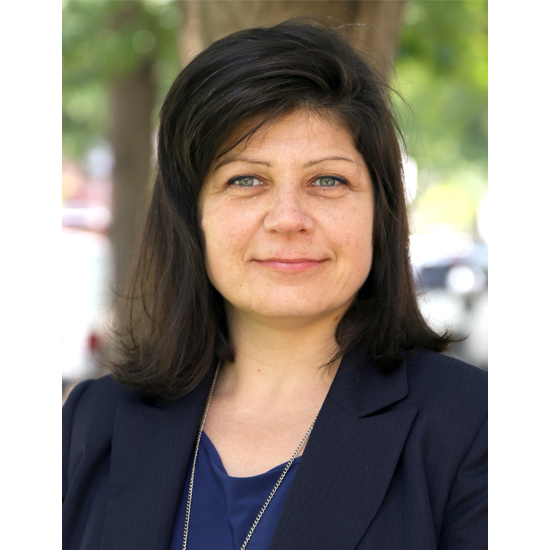
07 Sep HRH2030 Director’s Digest: September 2021
September 2021: REACHING MILESTONES
Dear Colleagues,
Over the past six months, we have been celebrating many milestones within our program, which will be closing before the end of this year. In this—our last issue of HRH2030 highlights—I want to share some of the latest with you.
In June, we closed the HRH2030 Senegal Program, and in this newsletter, we highlight their achievements in increasing the use of HRH data for more effective health workforce and planning, empowering stakeholders to adopt new policies to further equitable health worker distributing, and strengthening leadership. In that same month, we also concluded a proof-of-concept pilot program to see if using the Vitalk app—winner of our Health Workforce Resilience Prize last year—could support Malawian health workers’ psycho-social well-being and resilience. And the results were promising: using Vitalk led to statistically significant decreased levels of risk of anxiety, depression, and burnout, and increased resilience. Read the full story here.
We are also seeing the culmination of our gender competency work, begun early in the program with investments from USAID’s Office of Population and Reproductive Health. This work included the development and publication of Defining and Advancing Gender-Competent Family Planning Service Providers: A Competency Framework and Technical Brief. This week, we have launched the corresponding e-Learning course—open to health workers, program managers, policy-makers, and anyone, in fact— to educate interested parties in how to reduce provider bias and facilitate the provision of gender-sensitive, transformative services, with the goal of improving gender equality and reproductive health outcomes. The course is hosted on Chemonics’ website and can be accessed here.
Also in family planning, we have published a case study on Burkina Faso, an in-depth look at family planning task sharing and self-care policies. This is a follow-on to the report we published last year, , that looked at task-sharing and self-care in 10 countries. I want to thank our consortium partners at Palladium, Sara Stratton and Erin McGinn, for leading this work.
Community health workers continue to deliver primary care to many rural populations around the world, and Liberia is among the countries committed to building a more resilient and effective health system through investments in this cadre. This week, we’ve published a new case study on Liberia’s application of the WHO Monitoring and Accountability Framework, an analysis we prepared in partnership with the Liberian Ministry of Health, Last Mile Health, and the WHO.
Over the next three months, we’re continuing to wrap up work with the Capacity Building for Malaria program—including our work in Chad, highlighted in this interview—the publication of our final report on Advancing Women’s Leadership in the Health Sector, and preparing for a randomized controlled trial for the Vitalk app.
This, however, is the last issue of HRH2030 Highlights, as we say goodbye to our communications team. Over the past three years, our communications activities have been led by Elizabeth Walsh, and I want to thank her here and express my utmost respect and gratitude for her unwavering commitment to raising the awareness of the work we do on USAID’s flagship health workforce program.
So many people have been committed to this program—too many to thank by name so I’ll stick to larger groups. First, to our USAID and PEPFAR funders, in Washington and abroad: you have been steadfast in your support of this program. Thank you for six years of trust and collaboration. To our consortium partners, our colleagues at Chemonics, URC, Palladium, Open Development, AIHA, Amref, and ThinkWell. Development is a cooperative effort—none of us can do it alone. Thank you for being part of this journey with us. To the ministries of health, human resource directorates, local governments, faith-based and civil society organizations, educational institutions, and others who also worked alongside us—thank you for welcoming us into your organizations. We learned as much from you and as I hope you did from us. And finally, to the many health workers, social service workers, and care providers with whom we worked: You are our inspiration. And we know—especially after the last 18 months—that applause is not enough. As we look ahead to the conclusion of our program and the last few months of the Year of the Health and Care Worker, we vow to continue to protect, support, and invest in health workers, and raise our voices in support of these efforts as often as we can.
Best,
Wanda Jaskiewicz
Project Director, HRH2030






